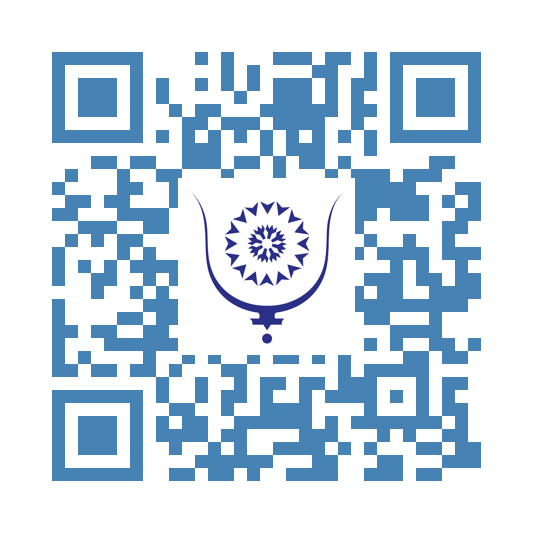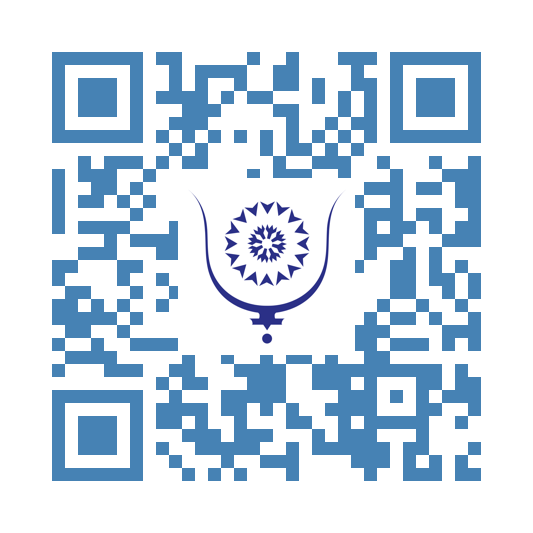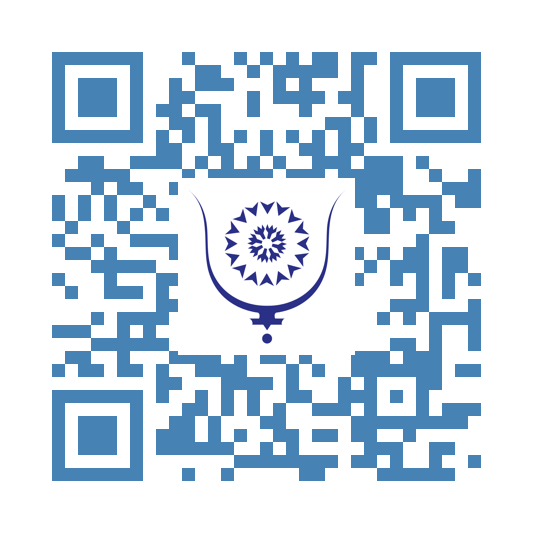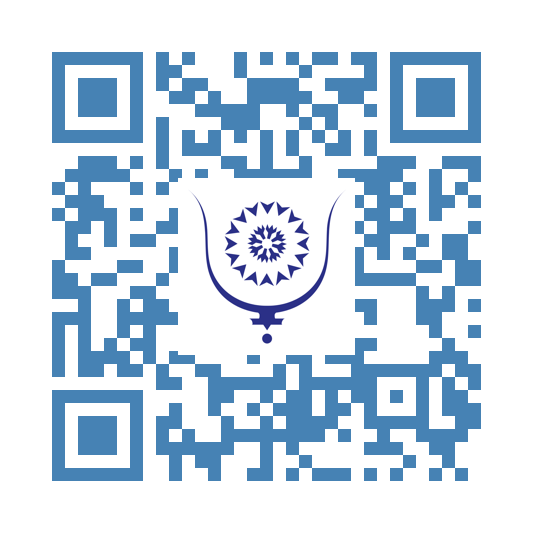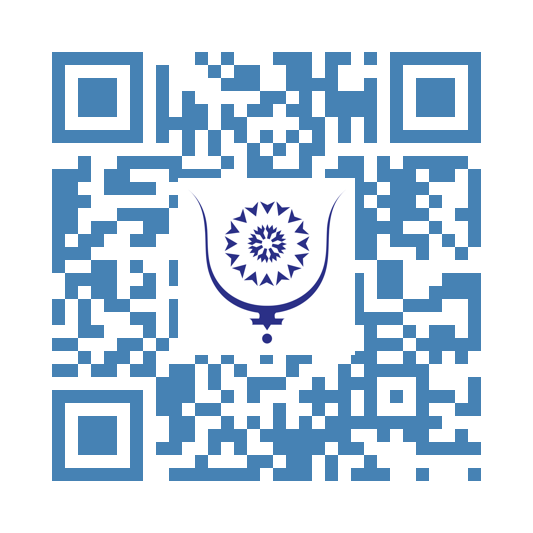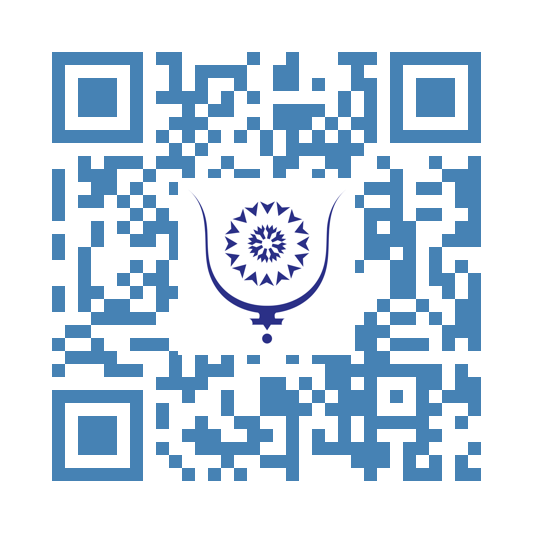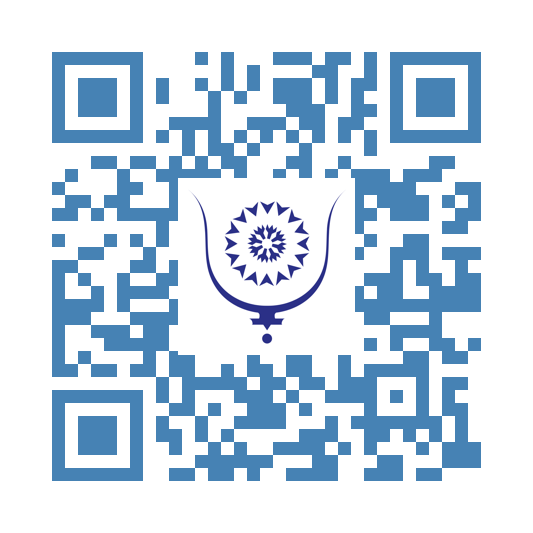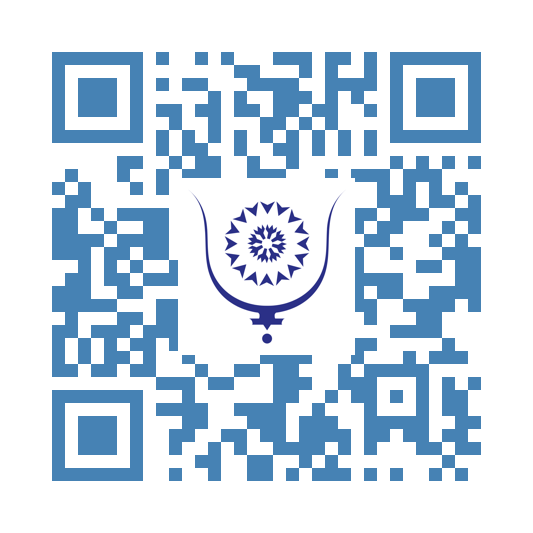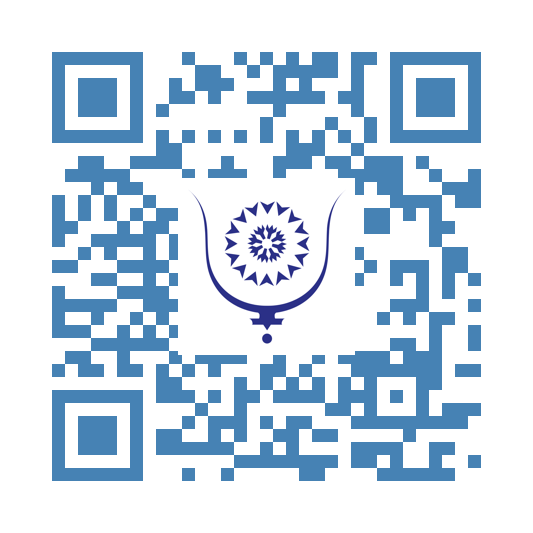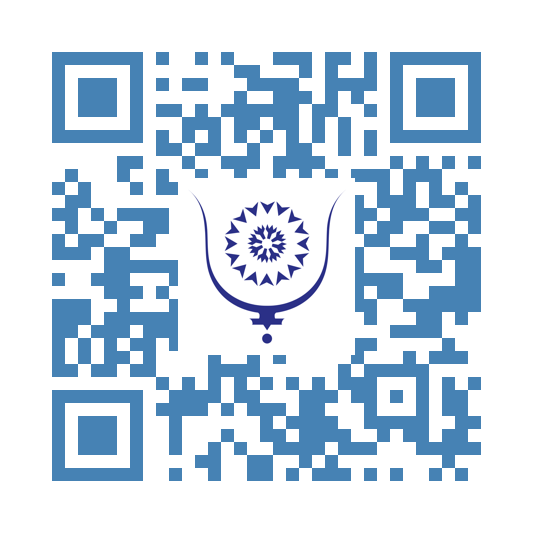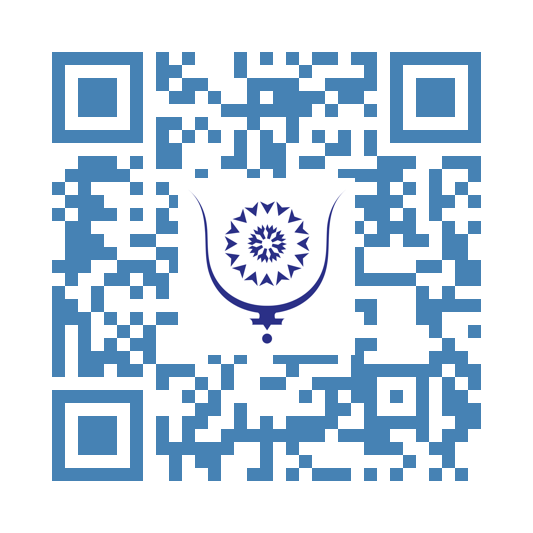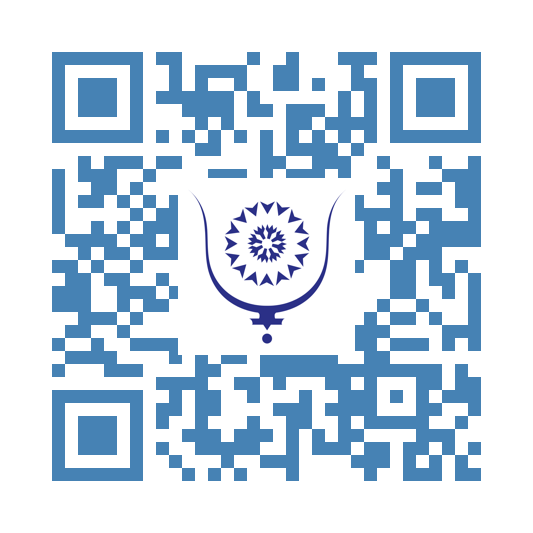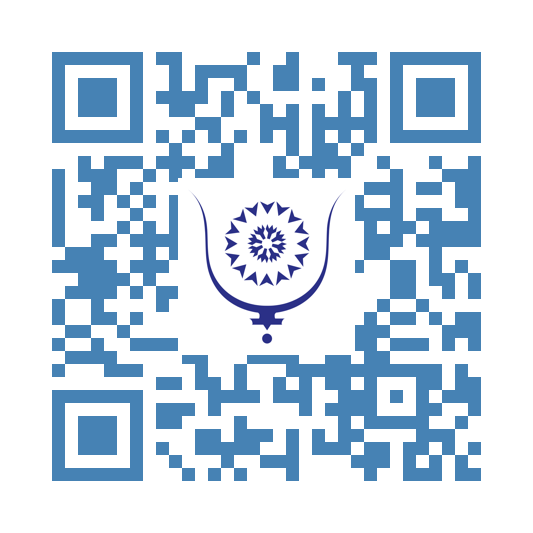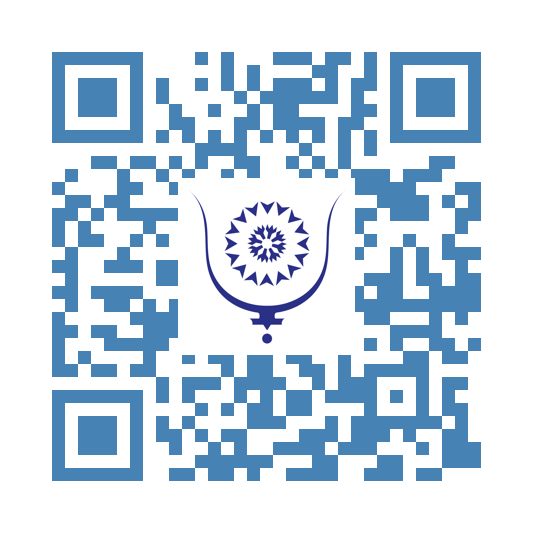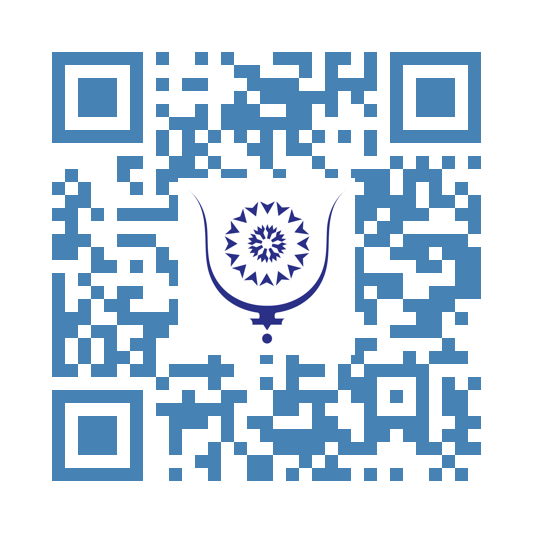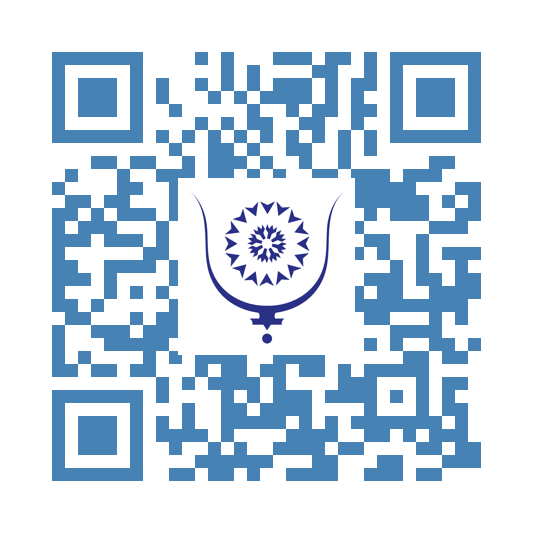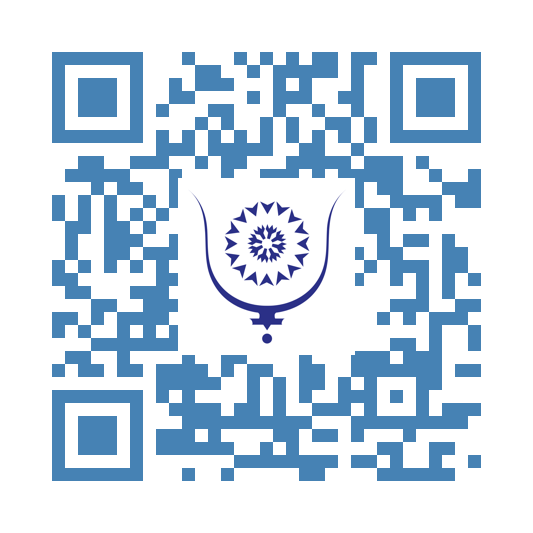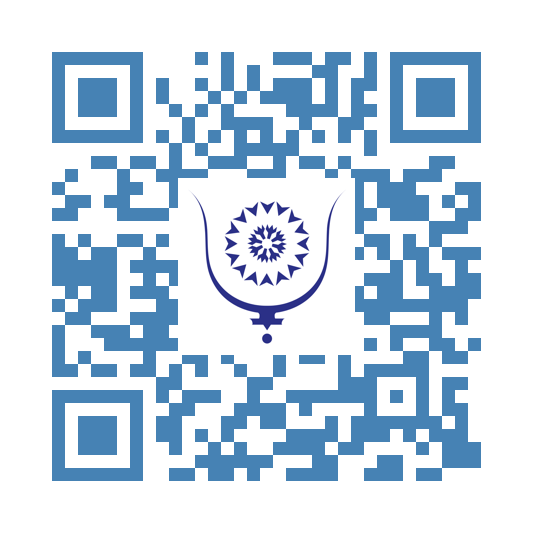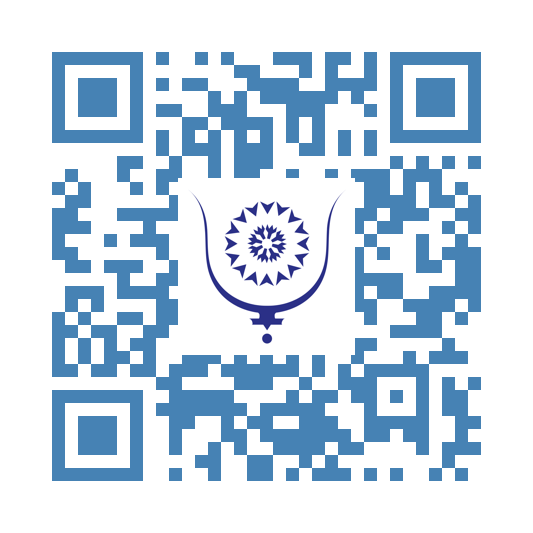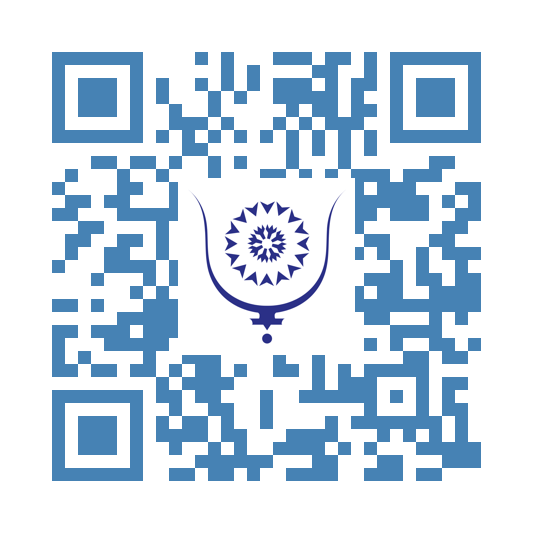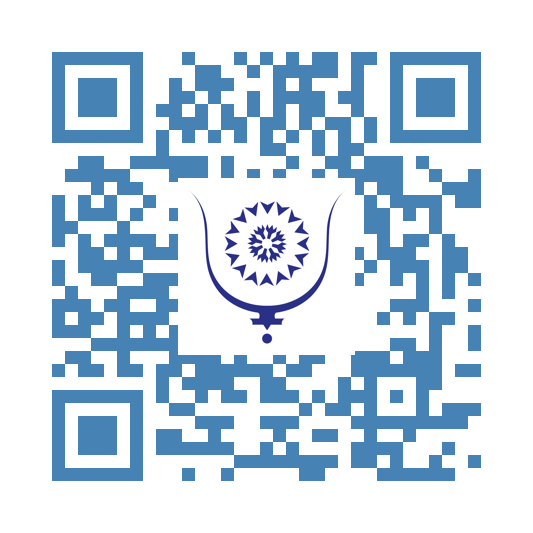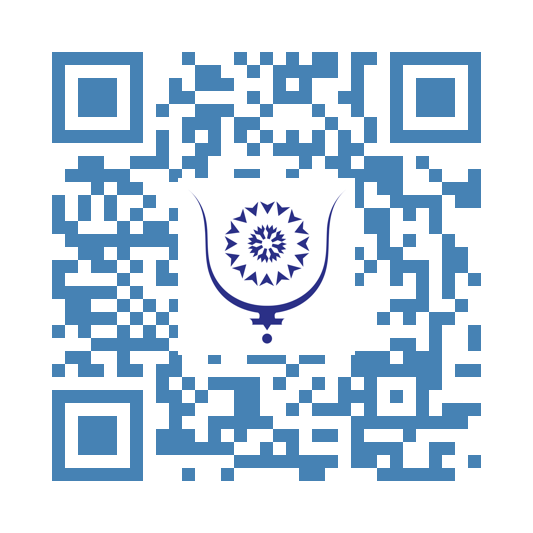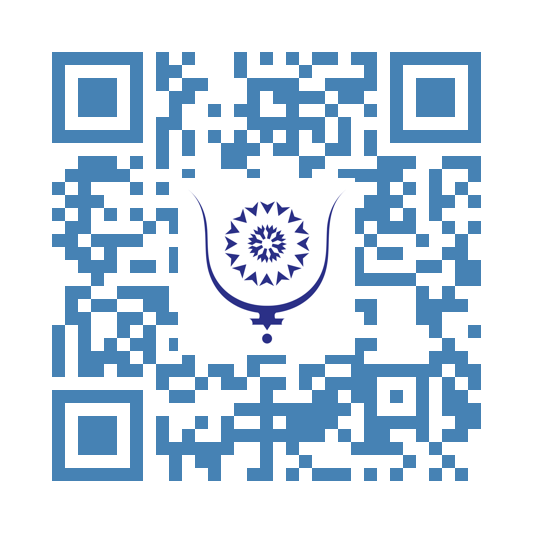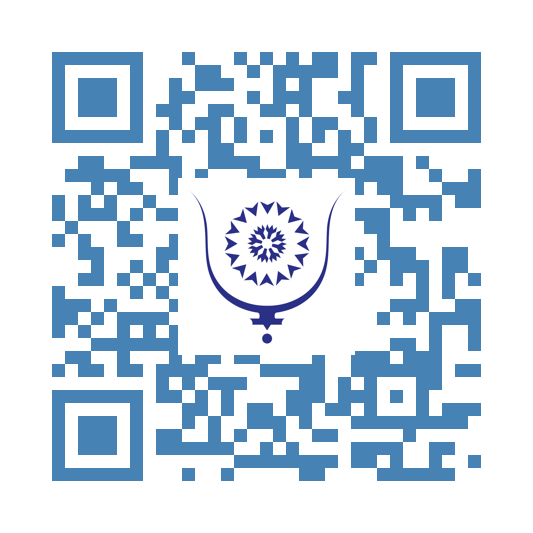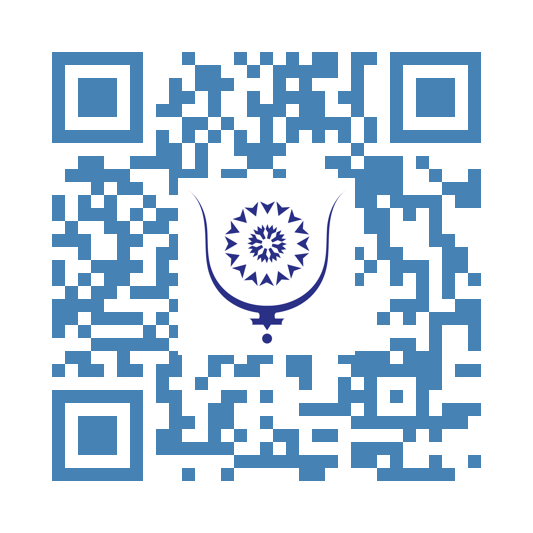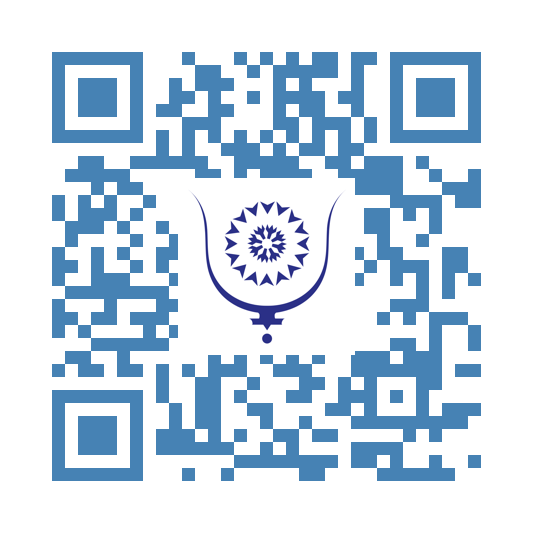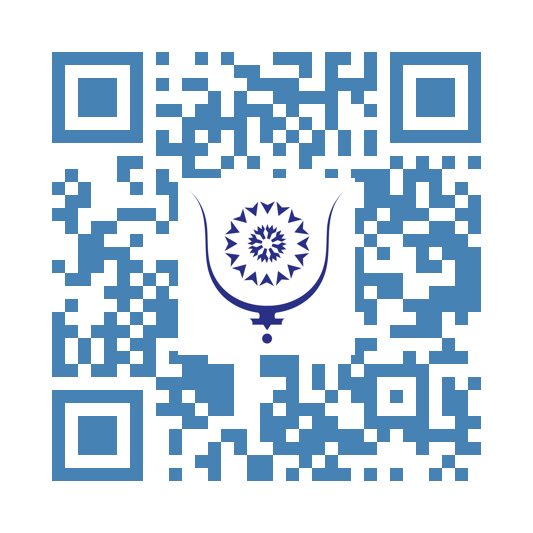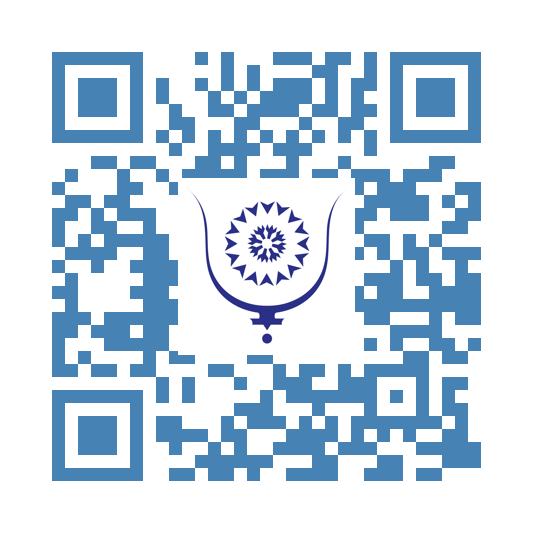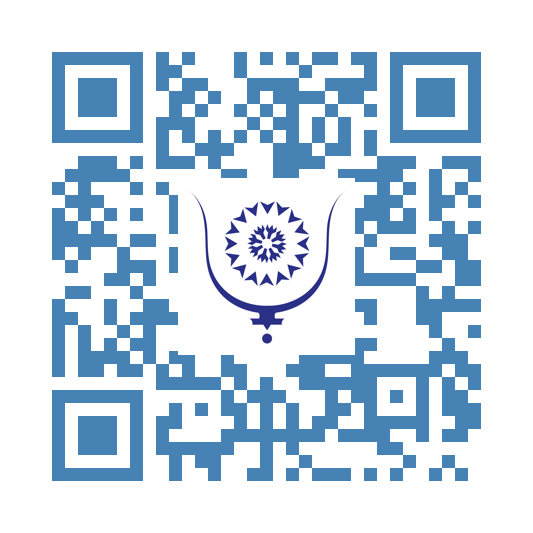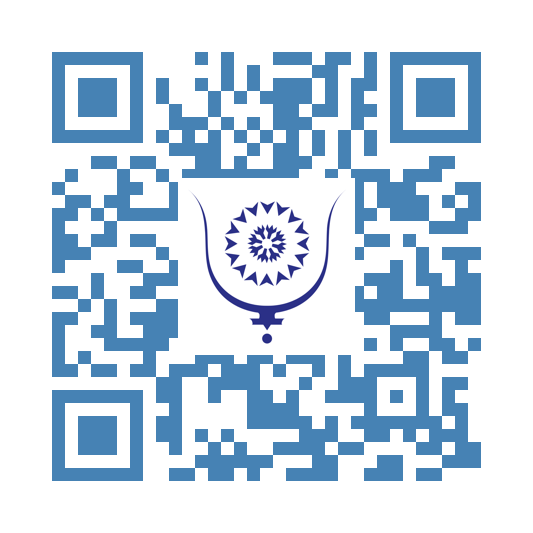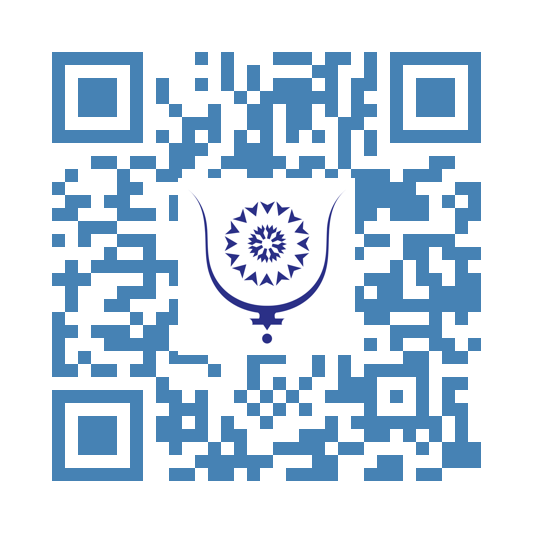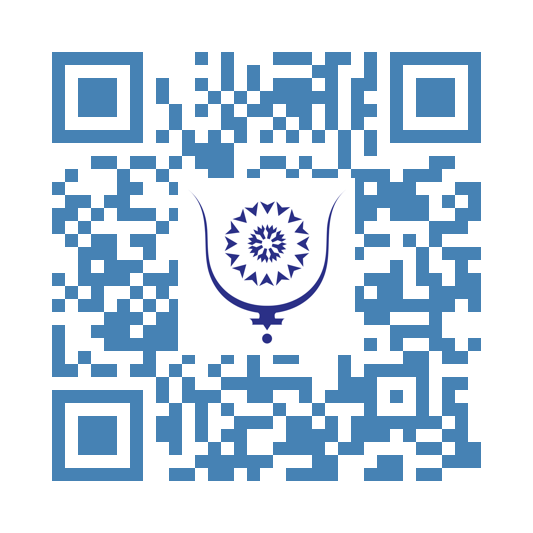Magickal Paths 783
In magick, “right-hand path” (RHP) and “left-hand path” (LHP) name two different orientations toward power and the sacred—not simple good/evil lanes. The RHP aims at theurgy: purifying the self, aligning with a transcendent order, and uniting with something higher—the Godhead, Nous, Holy Guardian Angel, True Will. Authority flows downward through lineage, consecration, and rule. You clean the vessel first—banishings, abstinences, prayer, graded initiations—then invoke to become more transparent to the divine. The ethic is about humility, service, and character. Power’s legitimate when it’s bound by vow and used to heal, protect, and teach.
That’s one posture. The LHP, by contrast, aims at apotheosis—exalting and individuating the magician until the self becomes its own godform. Authority here flows outward, from the practitioner’s will, forged through ordeal, trance, pacts, and direct negotiation with spirits. Rather than shun taboo currents, the LHP learns to contain and integrate them—to harvest force from desire, fear, rage, or eros and bind it to a chosen aim. You don’t surrender ego so much as refine and weaponize it, ideally with awareness of cost. Ethics turn on accountability: you pay what you promise, own your collateral, and live with your bargains.
Both paths draw from the same toolbox—banishing, centering, consecration, circles and triangles, timing, offerings, divination—but sequence and intent differ. An RHP working might banish, consecrate, invoke a solar intelligence, make a petition aligned with vow, and then give thanks and charity. An LHP one might cross a boundary—graveyard, crossroads—under wards, evoke a chthonic spirit, strike a contract with careful terms, and pay every offering to the letter. In the RHP, spirits stand as teachers in a hierarchy; in the LHP, they’re contractors in a negotiated economy.
You can see echoes of this back in Tantra—dakṣiṇācāra (conventional) vs. vāmacāra (heterodox)—and in the Western split between theurgy and goetia. Rosicrucian and Golden Dawn rites leaned toward theosis; other traditions, from Crowley’s “True Will” to explicitly LHP currents, tilt toward sovereignty and self-deification. Modern magicians mix freely. A Thelemite might invoke the Holy Guardian Angel on Sunday, then perform an uncrossing at a graveyard Tuesday night. Chaos magicians switch hands almost by instinct, tailoring each operation to its need.
Every approach has hazards. The RHP can fall into moralism, spiritual bypass, or dependence on external authority. The LHP can slide into narcissism, thrill-seeking, or treating everything—people included—as currency. That’s why mature practice always builds guardrails: divination before and after; clarity of aim; wards; records; fulfillment of obligations; aftercare for the psyche and for relationships touched by the work.
A small litmus test helps: Does the working increase lucidity, steadiness, and the capacity to keep one’s word without needless harm? If not, change the method. It’s all experiment, after all.
Choosing which hand to use isn’t about belonging to a tribe—it’s about the task. Healing old patterns, steadying life, and cultivating virtue thrive in RHP containers. Breaking paralysis, reclaiming agency, confronting shadow material, or working under pact lean LHP. Most of us end up ambidextrous anyway: vow on Sunday, crossroads on Tuesday, always with a ledger of costs—and enough honesty to pay when the bill comes due.
Both paths can sanctify or corrupt. The art is knowing which hand opens which door—and closing it properly when you are done.

